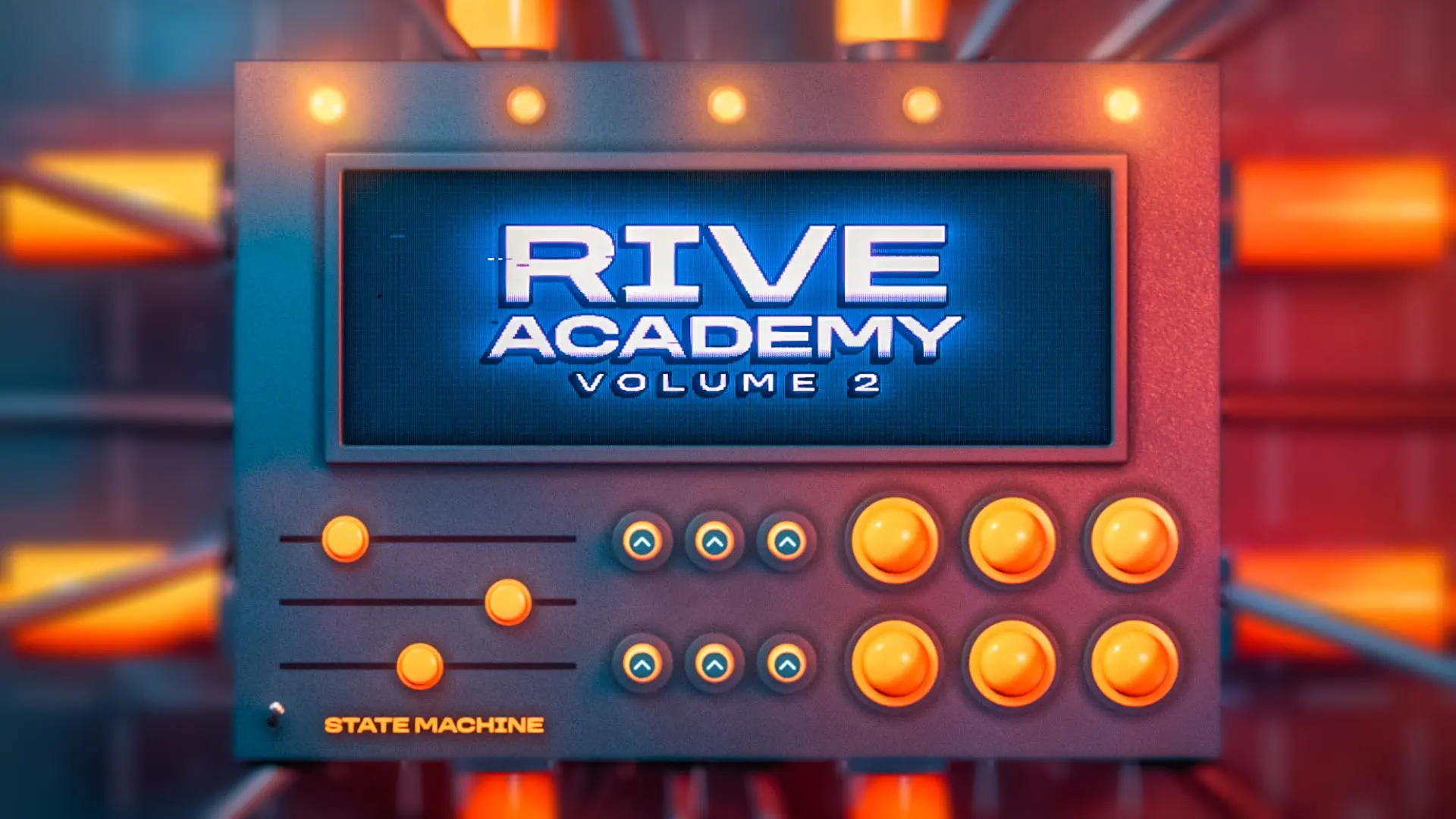What Are Lower Thirds?
Lower thirds get their apt name from appearing in the lower third of a video’s frame and are heavily used across all media, not just sports. They're typically used to display names and titles for persons seen on screen or provide context to what the viewer is watching. Free lower third templates can be found all over the internet, but are also easy to make yourself.
The matchup lower third above lets the viewer know what game they're tuning into. Sometimes instead of lower thirds, you'll see a full screen graphic of the matchup. Feel free to download the example above and follow along with the free project file.
{{lead-magnet}}
How To Create Sports Lower Thirds
When making lower thirds for a sports content flexibility is important. Your lower thirds should be able to accommodate for different sizes of names, numbers, and special characters. Remember, if you are creating lower thirds that will be used live at a stadium or on-air your lower thirds will likely be pre-rendered. This means they will be a 'background' with text overlaid.
3 Steps to Creating Lower Thirds for Sports Broadcast
1. HAVE A GAME PLAN (STAY ORGANIZED)
Title look familiar? Similar to the first article in this hard-hitting series, a good workflow for creating baseball mounds of lower thirds is essential. Keep your project clean and organized utilizing good descriptive naming conventions.

2. DESIGN THE LOWER THIRDS
Lower thirds can be as simple or complex as you like. From basic static graphics created in Photoshop to complex animations intricately keyframed in After Effects or Cinema 4D, the main objective of your Lower Third is to convey information clearly. Looking pretty is definitely a plus though.
Start with defining the purpose of the lower third. Are you identifying someone onscreen? Then you could give their name, title, social media handle, or jersey number (if applicable). Are you giving context to something onscreen? That could be a location, chapter marker, hashtag, matchup, what's coming next - literally anything that provides the viewer with additional information.
After determining the lower third's content, jump into design mode to make it look clean and pretty. Decide a clean way to animate the lower third on and off screen. In some cases, a simple fade in and out is the best approach. It is good practice to keep lower thirds on screen for at least 3 - 6 seconds. That gives the viewer enough time to process what they're seeing. A good rule of thumb as an editor is to read the information twice before pulling it off screen.
3. RENDER
The key thing to keep in mind when rendering your lower thirds is where will they be going? Are they being dropped into an edit in an NLE like Premiere or are they being used with specialized broadcast equipment/software? The answer to that will dictate the specs the lower thirds need to be rendered at.
Generally speaking you're safe to render a lower third at its frame size in a quality intermediate codec, like prores 4444, that supports an alpha channel. If that sentence just gave you a concussion, get the low down on codecs here.
We only have a few more articles left in this series! Hopefully you've been practicing, you never know when coach... err um... the client will put you in the game!
ENROLL NOW!
Acidbite ➔
50% off everything

ActionVFX ➔
30% off all plans and credit packs - starts 11/26

Adobe ➔
50% off all apps and plans through 11/29

aescripts ➔
25% off everything through 12/6
Affinity ➔
50% off all products

Battleaxe ➔
30% off from 11/29-12/7
Boom Library ➔
30% off Boom One, their 48,000+ file audio library
BorisFX ➔
25% off everything, 11/25-12/1

Cavalry ➔
33% off pro subscriptions (11/29 - 12/4)

FXFactory ➔
25% off with code BLACKFRIDAY until 12/3

Goodboyninja ➔
20% off everything

Happy Editing ➔
50% off with code BLACKFRIDAY

Huion ➔
Up to 50% off affordable, high-quality pen display tablets

Insydium ➔
50% off through 12/4
JangaFX ➔
30% off an indie annual license
Kitbash 3D ➔
$200 off Cargo Pro, their entire library
Knights of the Editing Table ➔
Up to 20% off Premiere Pro Extensions
Maxon ➔
25% off Maxon One, ZBrush, & Redshift - Annual Subscriptions (11/29 - 12/8)
Mode Designs ➔
Deals on premium keyboards and accessories
Motion Array ➔
10% off the Everything plan
Motion Hatch ➔
Perfect Your Pricing Toolkit - 50% off (11/29 - 12/2)

MotionVFX ➔
30% off Design/CineStudio, and PPro Resolve packs with code: BW30

Rocket Lasso ➔
50% off all plug-ins (11/29 - 12/2)

Rokoko ➔
45% off the indie creator bundle with code: RKK_SchoolOfMotion (revenue must be under $100K a year)

Shapefest ➔
80% off a Shapefest Pro annual subscription for life (11/29 - 12/2)

The Pixel Lab ➔
30% off everything
Toolfarm ➔
Various plugins and tools on sale

True Grit Texture ➔
50-70% off (starts Wednesday, runs for about a week)

Vincent Schwenk ➔
50% discount with code RENDERSALE

Wacom ➔
Up to $120 off new tablets + deals on refurbished items






